Not only an eco -tourism area, Tram Chim is also a lively “outdoor classroom” – where parents and children can observe birds together, row boats through the cajuput forest, explore the river life of the West and share the responsibility of protecting the environment from the smallest things.
Wild beauty in the heart of Dong Thap Muoi
Lush green landscape at Tram Chim National Park – Where nature is still pristine and quiet. (Photo: Tram Chim Tourism FB)
Located in Tam Nong district, Dong Thap province, Tram Chim National Park is one of the most typical Ramsar sites in Vietnam, with more than 7,500 hectares of wetland, home to more than 230 rare bird species and diverse ecosystems.
The space here is always vast with rivers and streams, where the early morning sunlight reflects on the sparkling water surface and flocks of birds fly across the sky every time a new day begins. Under the canopy of the cajuput forest, each pink lotus petal quietly blooms, each cluster of water fern and sedge competes to grow. This is an ecological picture that everyone should experience at least once, especially children - to understand that nature does not only exist in books.
What is the best season to travel to Tram Chim Dong Thap?
Red-crowned crane – A rare bird species appearing in the flood season, the symbol of Tram Chim National Park. (Photo: Collected)
The flood season from September to December is the best time to travel to Tram Chim Dong Thap . At this time, the flooded ecosystem is most active, and it is also the peak season for migratory birds to come to nest and find food. From the beginning of January to the end of March is the time when the Red-crowned Crane - the symbol of Tram Chim - appears more frequently. With its bright red head and neck, this bird makes a strong impression on visitors, especially children, because of its wild beauty and rarity.
During the transitional season from June to August, Tram Chim’s landscape also has its own charm. Although it is not yet the flood season, lotus flowers have begun to bloom, the water recedes slowly to reveal the reed grass fields – the habitat of many native birds. Although you cannot see the cranes, this is the ideal season for families with small children to avoid crowds, comfortably enjoy nature and learn many new things.
Fun experience for children and the whole family at Tram Chim
Tourists explore the reed grass field that has been eaten by cranes at Tram Chim National Park. (Photo: Tram Chim Tourism FB)
One of the greatest values of a trip to Tram Chim National Park is turning nature into a “playground – classroom – childhood memory”. Here, children can be guided by tour guides to use binoculars to observe birds, distinguish species by shape and call, or simply feel the rare tranquility of the Melaleuca forest in the early morning.
Children and their families watch fishing with nets at Tram Chim National Park. (Photo: Collected)
In addition to the activities of canoeing through the forest, catching fish, visiting lotus fields... a particularly meaningful experience is the program of planting reed grass - the main food source for red-crowned cranes. This is an activity that not only brings excitement to children but also inspires their responsibility to protect nature. When planting each young reed root into the ground, children will understand more about the relationship between living things and the living environment, thereby forming a sense of protecting nature from the smallest things.
Parents can also take this time to teach their children about sustainable living and the need to conserve biodiversity – not through dry lectures, but through the flying birds, the dew-drenched lawns, and the dirt roads marked by the family's footsteps.
Tram Chim rustic cuisine carries the soul of the Western countryside
A meal with a Southwestern flavor helps the whole family end the Tram Chim journey in a complete and cozy way. (Photo: Tram Chim Tourism FB)
After a journey of discovery, a meal with local specialties will help the whole family regain energy. In the Tram Chim tourist area of Dong Thap, eco-restaurants serve typical dishes such as linh fish hotpot with wild flowers (in season), grilled snakehead fish, lotus salad mixed with shrimp, grilled field mice... For children, simple dishes made from freshwater fish such as snakehead fish porridge, crispy fried fish with tamarind fish sauce will make them crazy.
What to prepare for a "green" and safe trip?
Family explores Tram Chim cajuput forest with light, environmentally friendly luggage. (Photo: Tram Chim Tourism FB)
Due to the river nature, the weather in Tram Chim can change quickly, so you should prepare a hat, a light jacket, sunscreen and mosquito repellent. Children should bring a thin raincoat, a change of clothes and easy-to-move shoes. A small pair of binoculars or a mini book about birds are also interesting “props” for children.
In addition, you can prepare cloth bags and personal water bottles to limit plastic waste during the trip - this is also a practical way for children to learn how to live green, love nature and understand that protecting the environment starts with each person's habits.
Tram Chim National Park is not simply a tourist destination – it is a journey that helps your family connect with each other, and connect with nature. For children, this could be their first trip to see red-crowned cranes, to plant grass to feed the birds, to hear the sound of the forest in the morning. For adults, it is a return – a return to the rustic memories, to the gentle silence that the city has forgotten.
Whether it is the vibrant flood season or the calm first rainy days of the season, Tram Chim tourism in Dong Thap always retains its own unique beauty - gentle, genuine and inspiring. Let Tram Chim not only be a place to preserve family photos, but also a place to inspire love of nature and sow the seeds of green living awareness for future generations.
Source: https://www.vietravel.com/vn/am-thuc-kham-pha/vuon-quoc-gia-tram-chim-diem-den-ly-tuong-cho-ca-gia-dinh-v17397.aspx


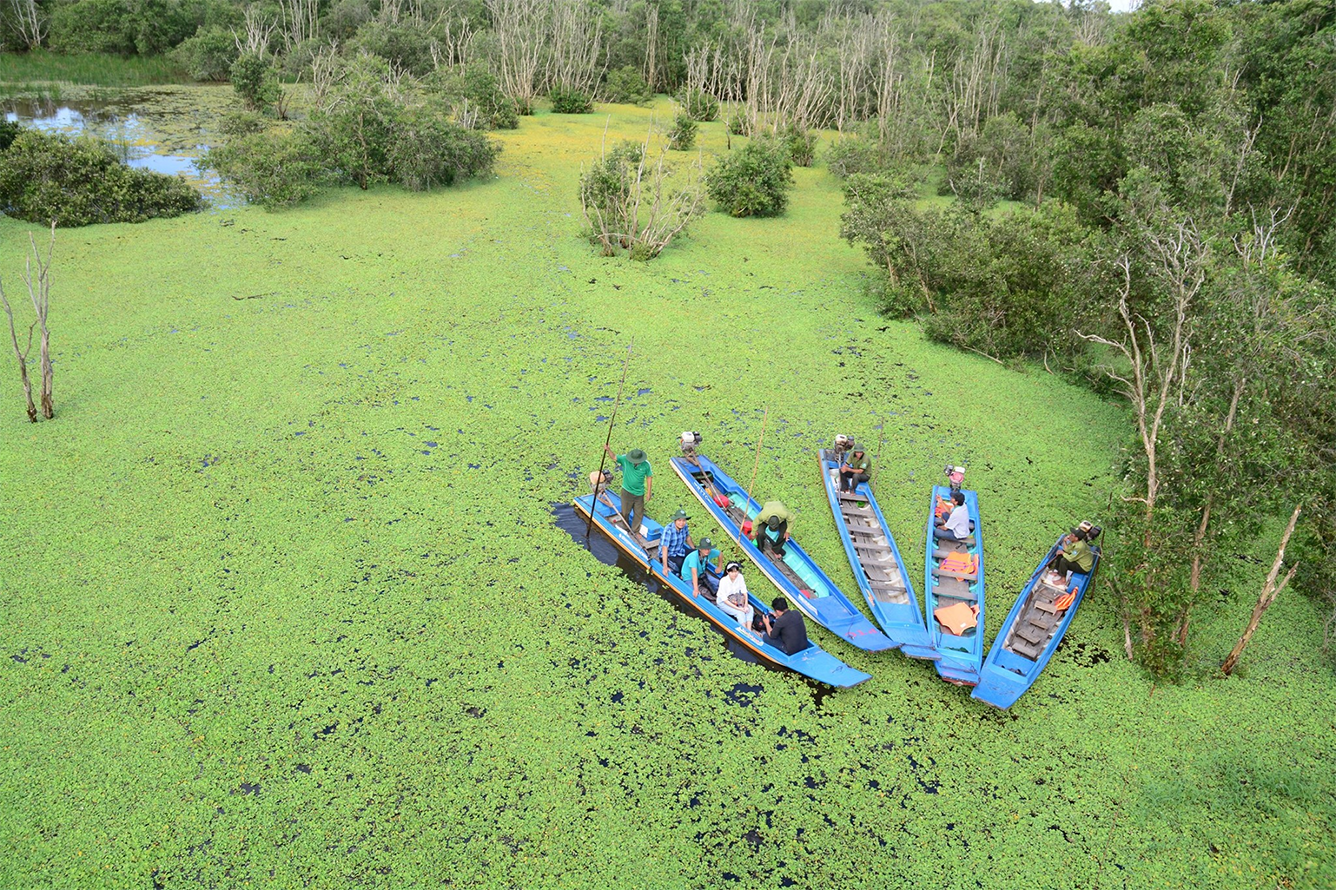
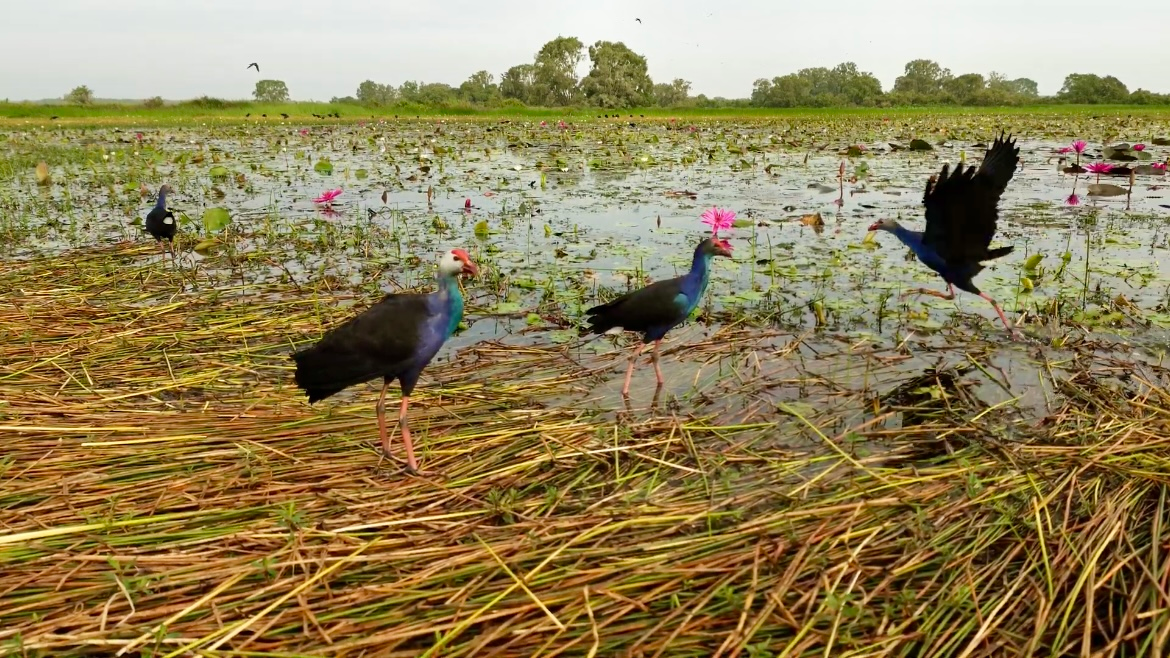
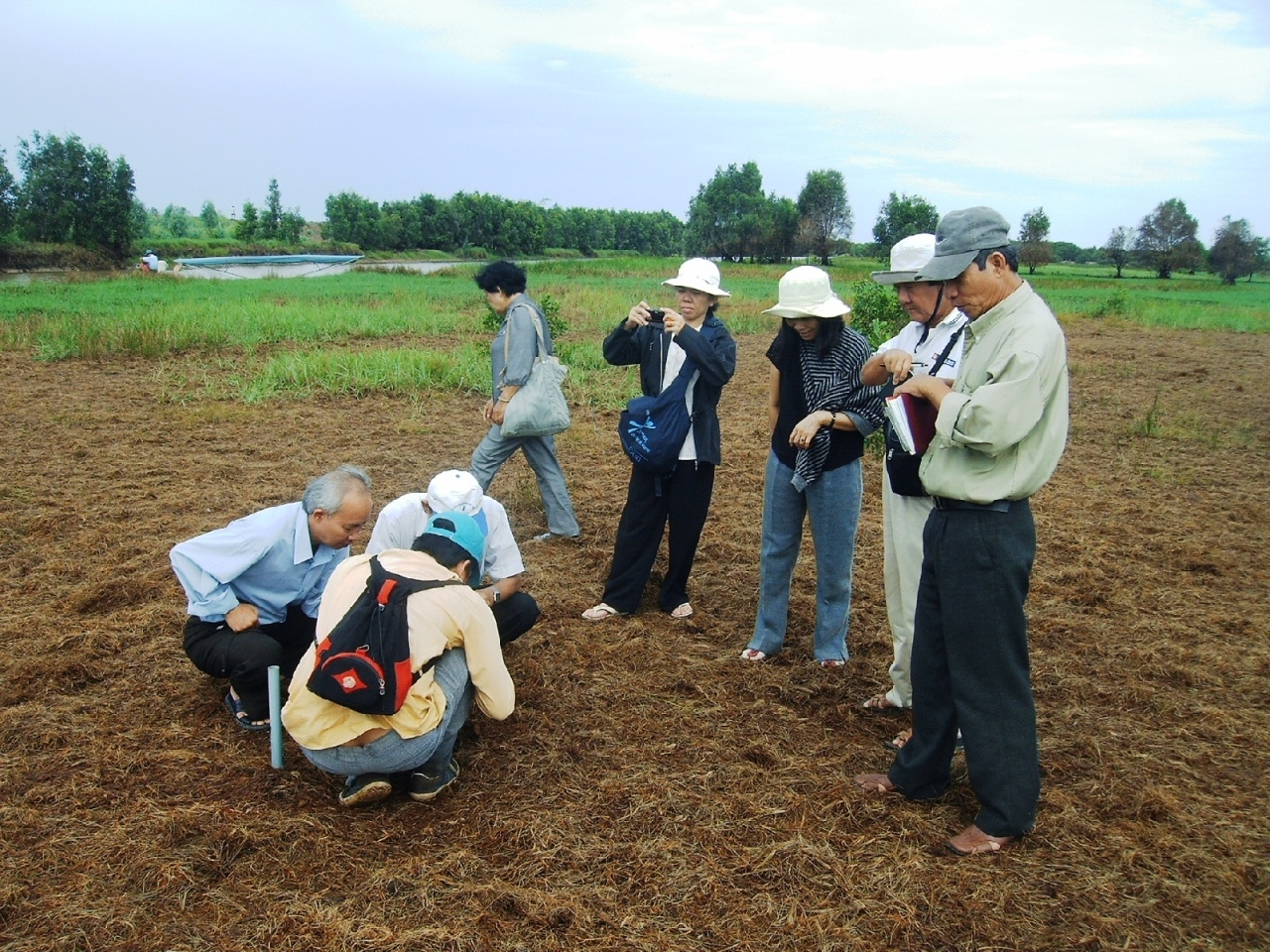
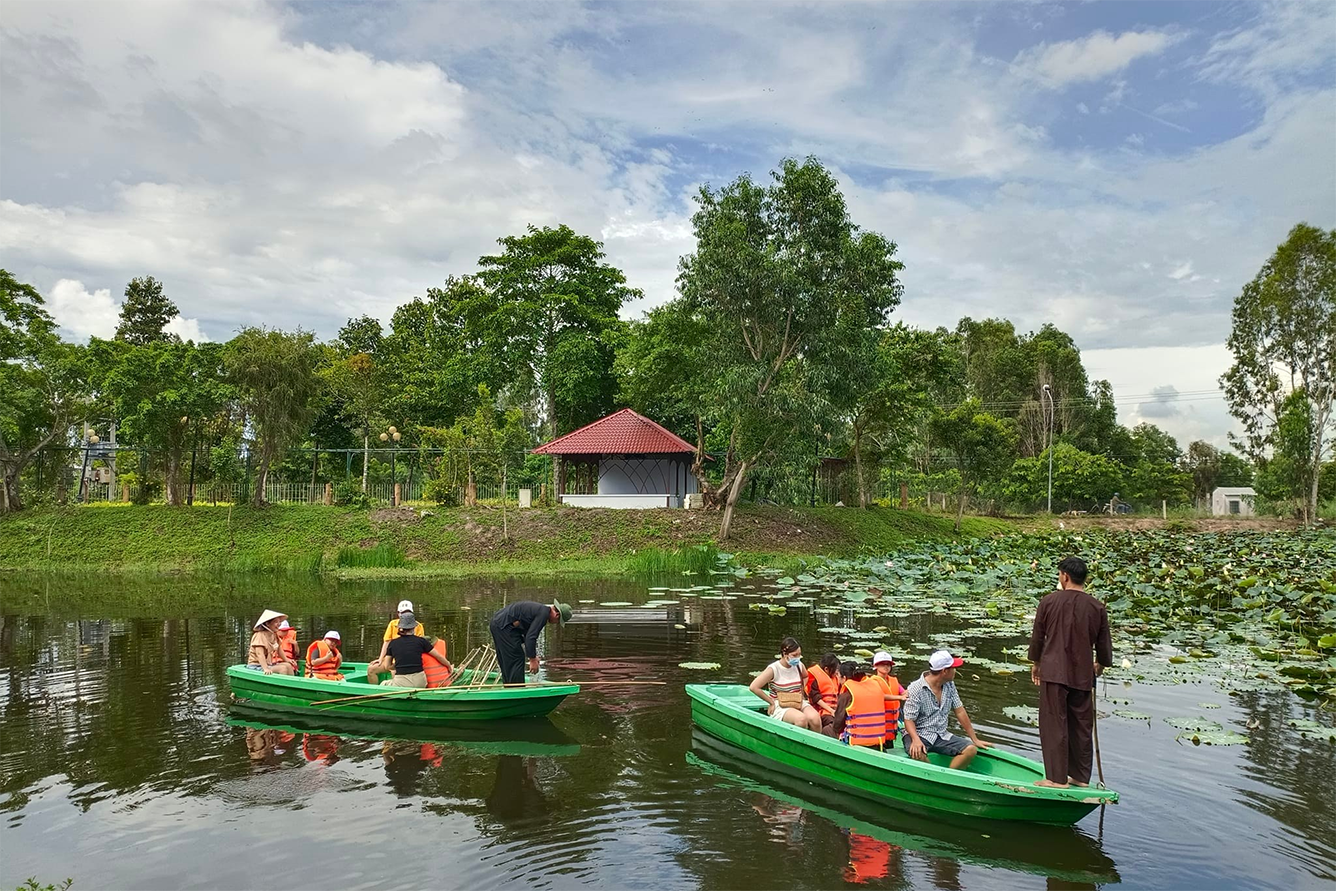
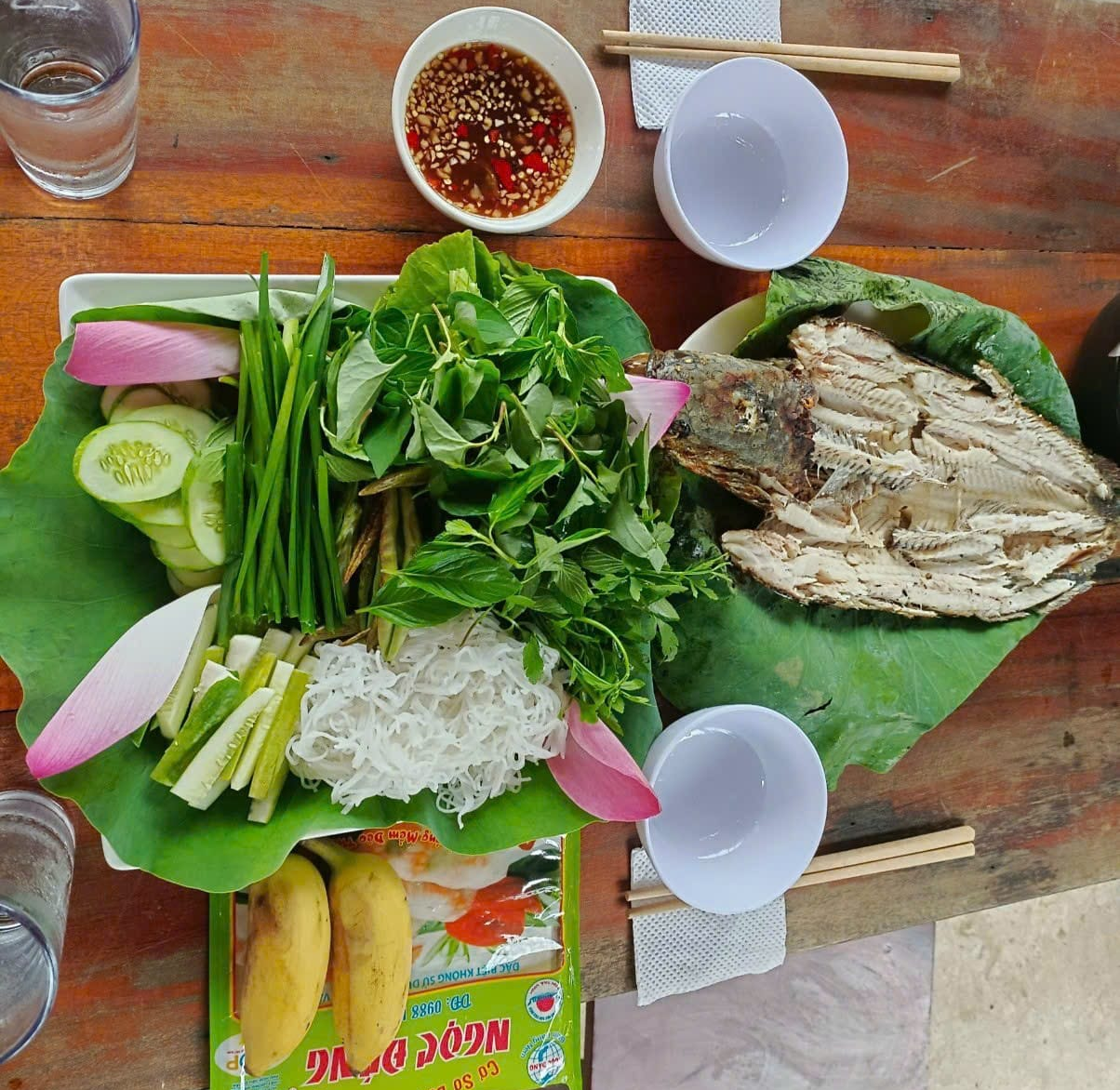
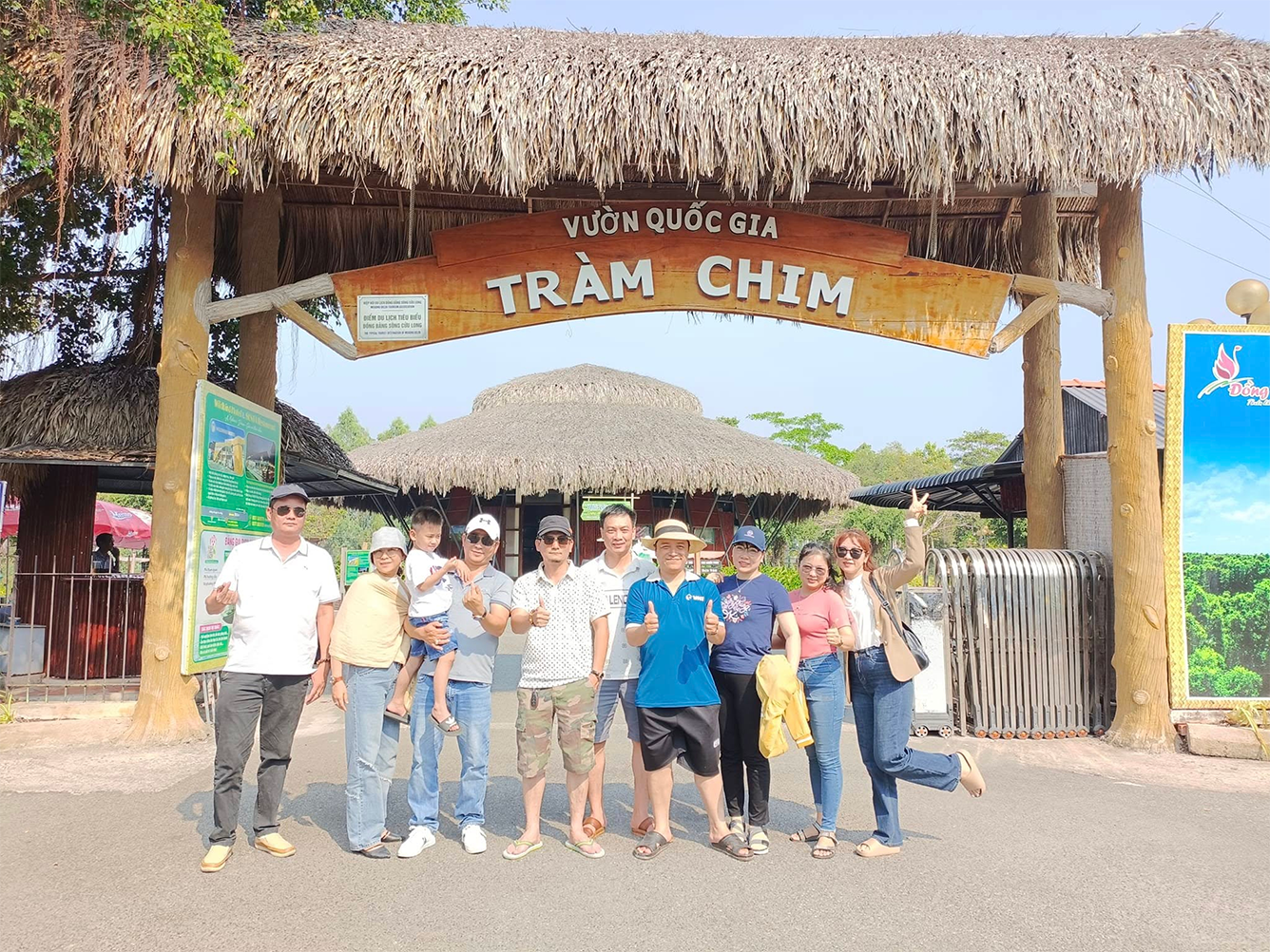



![[Photo] Discover unique experiences at the first World Cultural Festival](https://vphoto.vietnam.vn/thumb/1200x675/vietnam/resource/IMAGE/2025/10/11/1760198064937_le-hoi-van-hoa-4199-3623-jpg.webp)










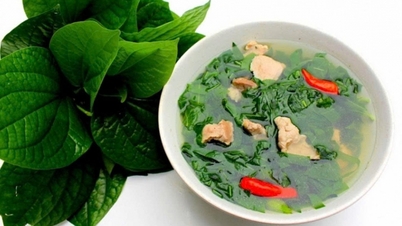

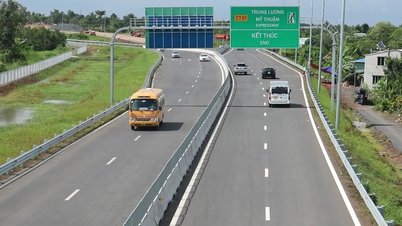





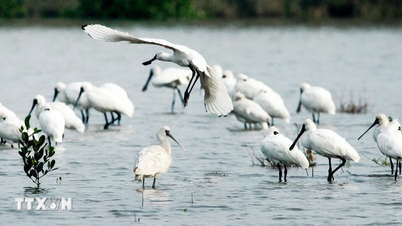

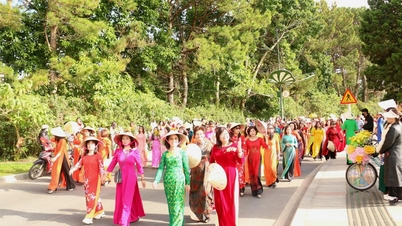















![[Photo] General Secretary attends the parade to celebrate the 80th anniversary of the founding of the Korean Workers' Party](https://vphoto.vietnam.vn/thumb/1200x675/vietnam/resource/IMAGE/2025/10/11/1760150039564_vna-potal-tong-bi-thu-du-le-duyet-binh-ky-niem-80-nam-thanh-lap-dang-lao-dong-trieu-tien-8331994-jpg.webp)































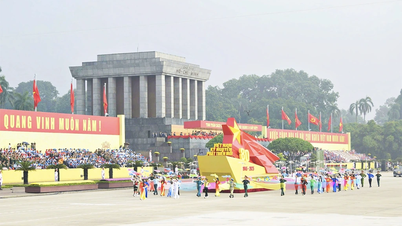












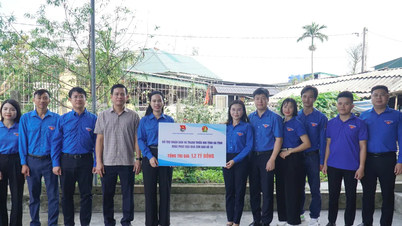




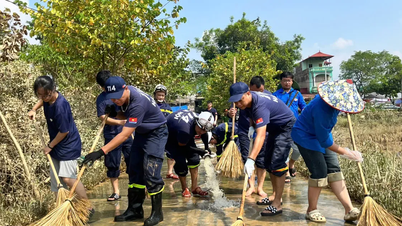

















Comment (0)